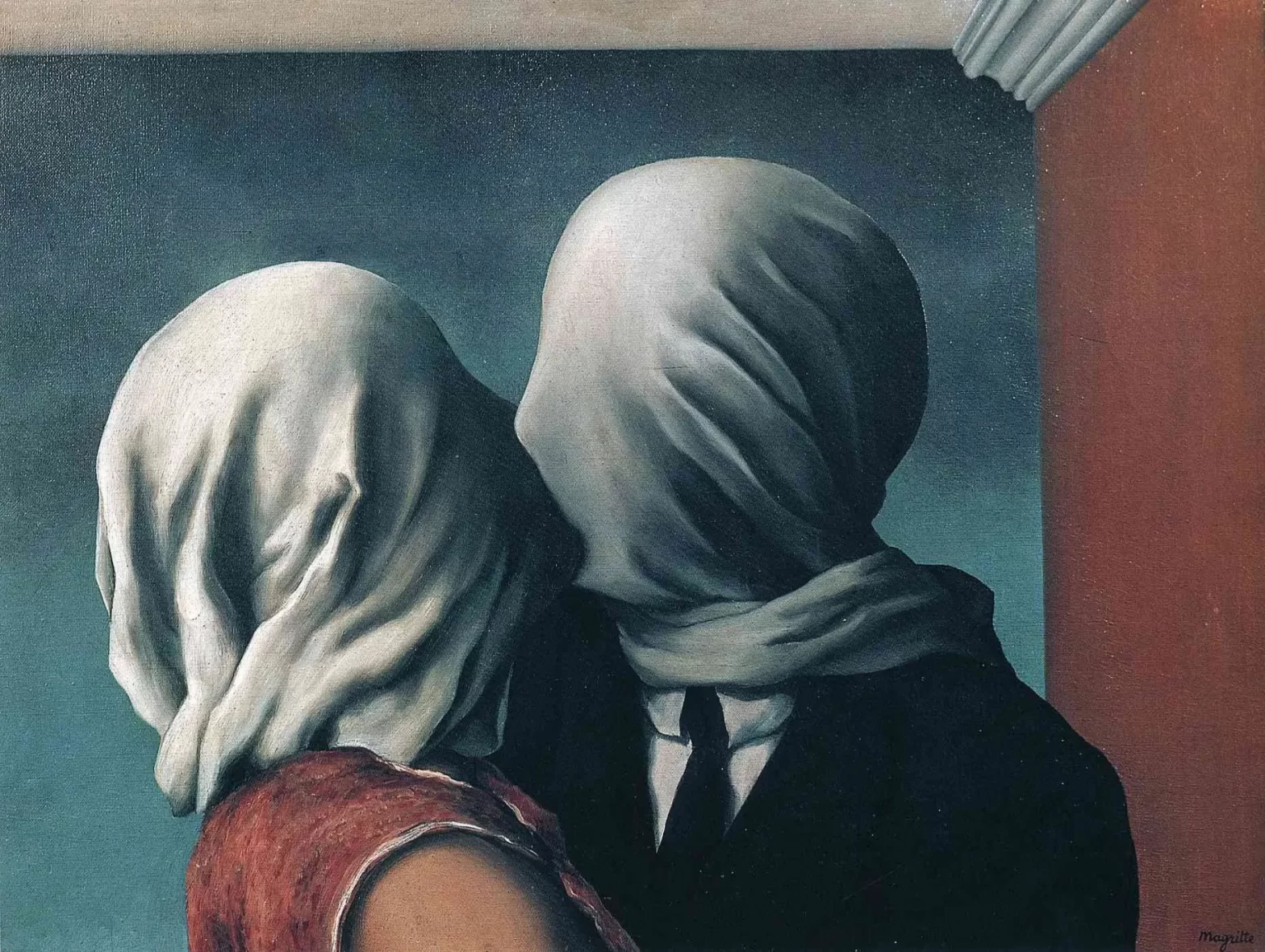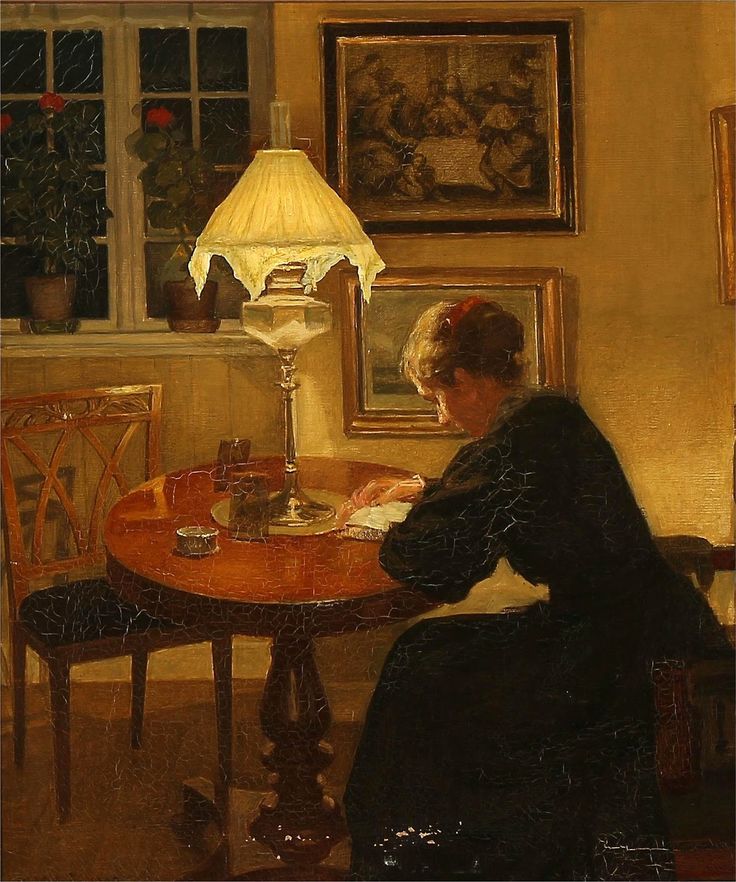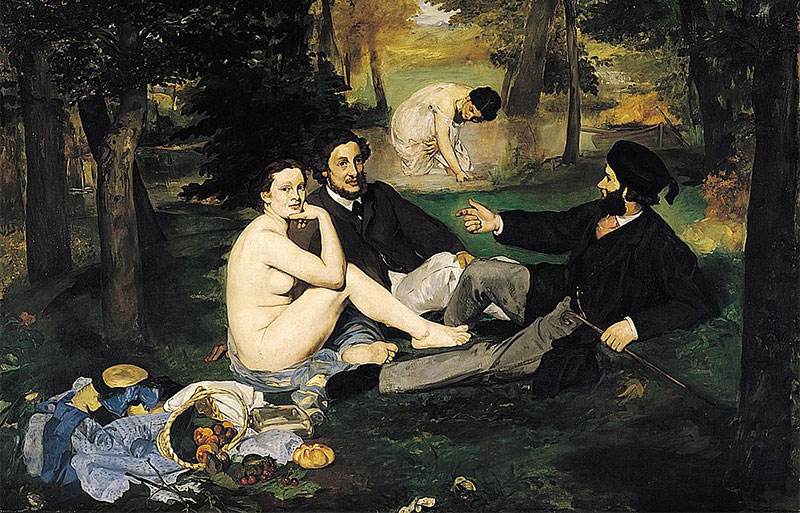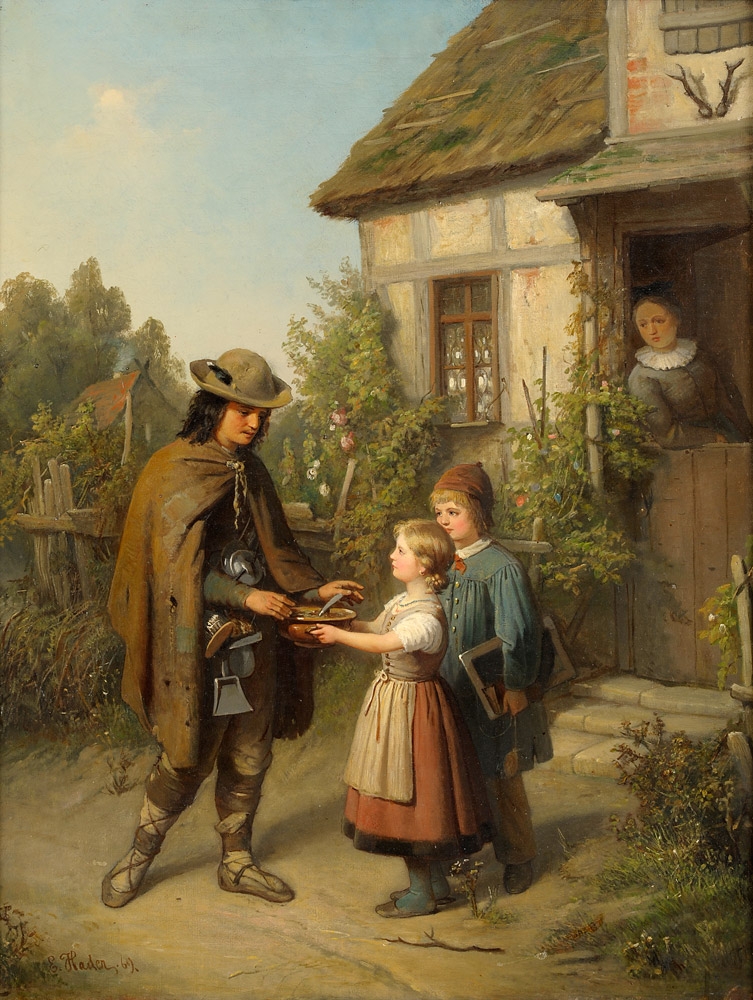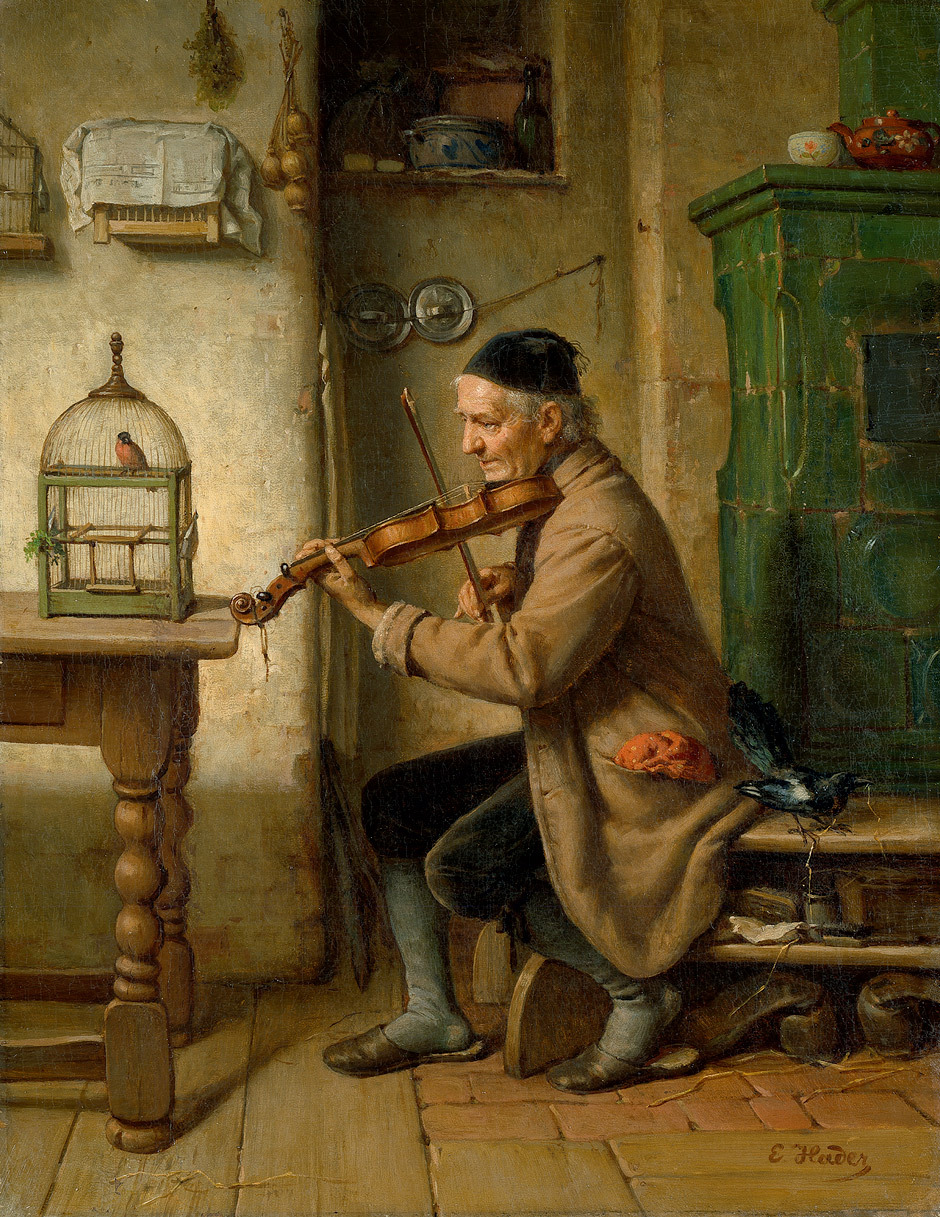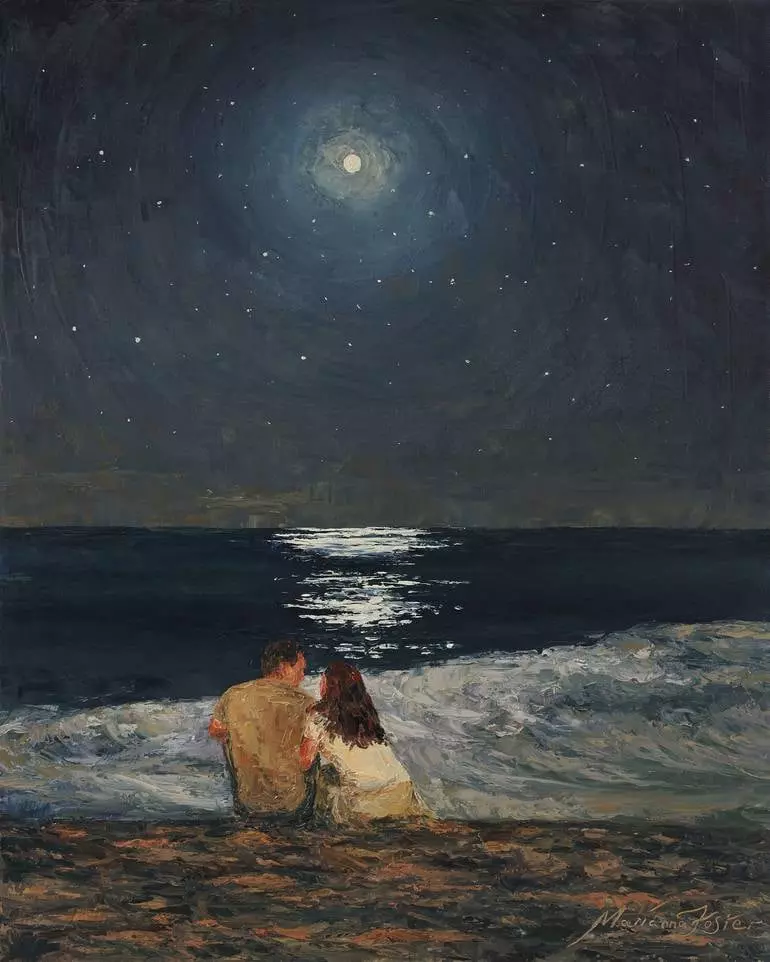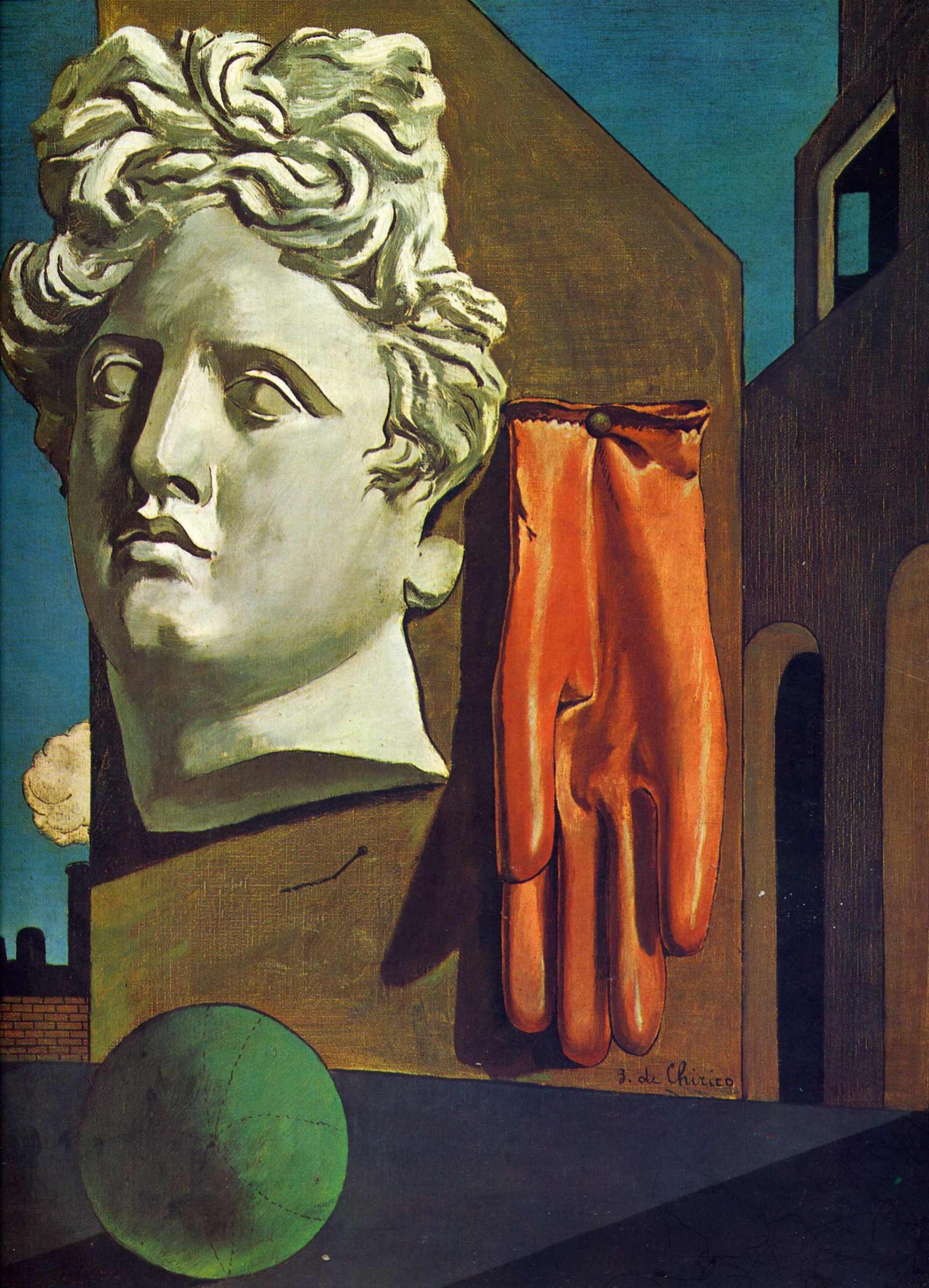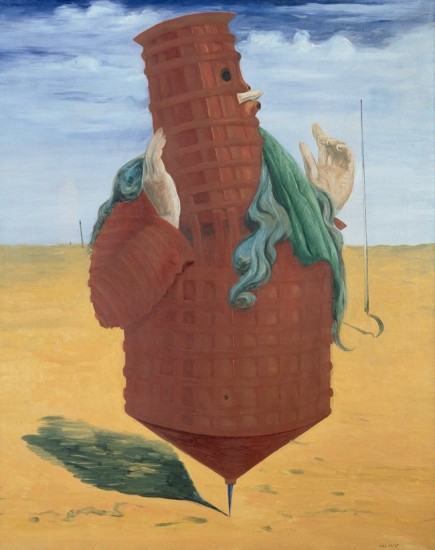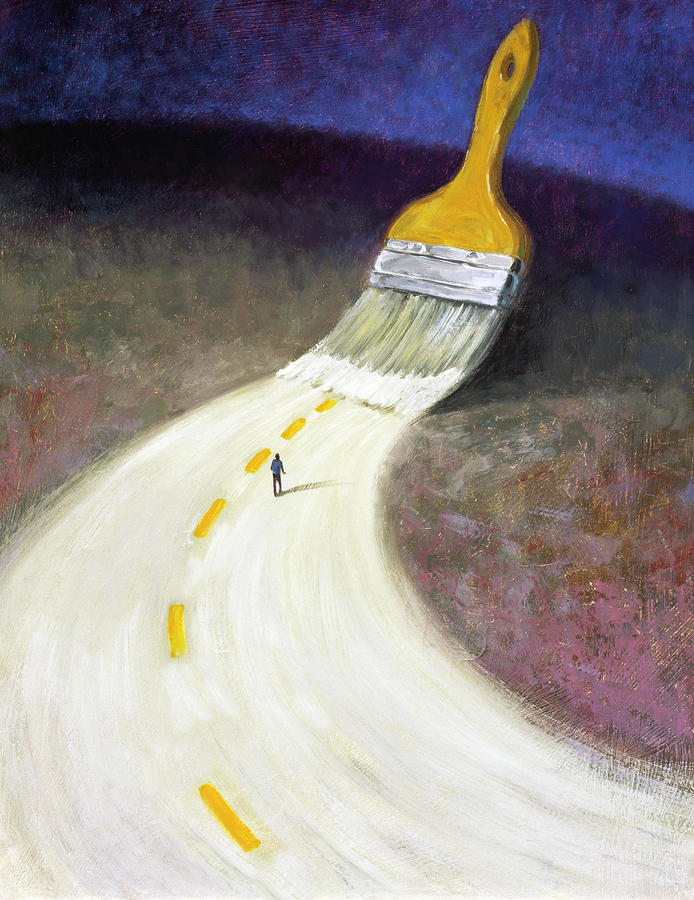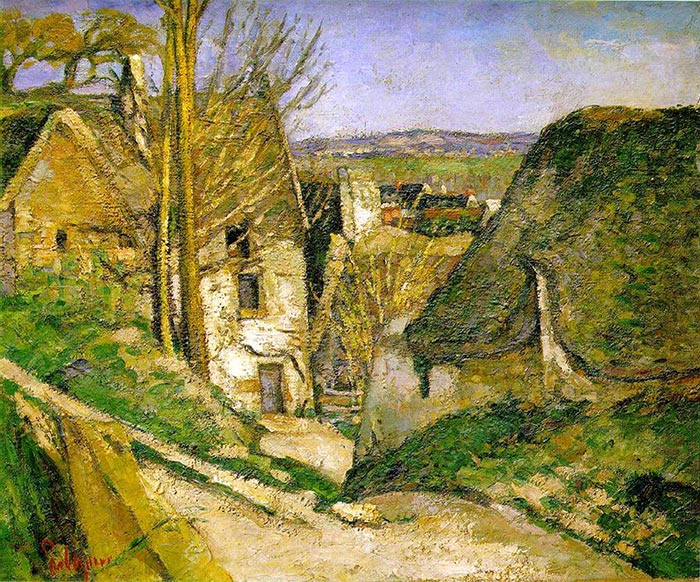RENÉ MAGRITTEPAINTING 1928NEW YORK CITY MOMA Title: Les Amants (The Lovers) Artist: René Magritte Published: 1928, Paris, France Style: Surrealism Period: Surrealist Paris years Genre: Symbolic painting Location: Museum of Modern Art (MOMA), New York City, NY, USA Dimension: 54 cm x 73,4 cm Oil on canvas RENÉ MAGRITTE THE LOVERS
Tag: painting
Interior with a reading woman
Interior With a Reading Woman Title: Interior with a reading woman Artist: Niels Holsøe (Danish, 1865 – 1928) Published: 1907 Origin: Danish Size: 54 cm x 46 cm (21.3 in x 18.1 in) Oil on canvas
Le Déjeuner sur l’Herbe by Édouard Manet
Short story about this remarkable panting by Manet Le Déjeuner sur l’Herbe (The Luncheon on the Grass) is a larger oil on canvas painting by French artist Édouard Manet created in 1862-1863. This unnerving and astounding composition bring in an entirely new painterly method – it contains the genres of portraiture, landscape and still life within a single painting. The large scale of the painting was generally reserve for religious, mythological, or historical subjects. The background of the painting was lacks depth, as if the piece was painted in a studio rather than outdoors – with the light is low and almost no shadows. Le Déjeuner sur l’Herbe (The Luncheon on the Grass) depicts a female nude and a scantily dressed female bather casually having a casual picnic with two fully and fashionably dressed men in a rural setting. In front of them is a basket of fruit and bread. The woman’s pale body is starkly lit as she stares directly at the viewer. The two men seem to be engaged in conversation, ignoring the woman. At that time, when pictorial art only allowed for the feminine nude to be depicted in connection with myths and allegories, Manet, himself, re-contextualizes the worn out and overdone subject matter. He refreshed the concept and idea of female nudity in art, specifically paintings. Despite all critics about this painting, Manet managed to bridge the gap between two majors of art movements: Realism and Impressionism. He also played an important role in the art scene of 19th century Europe. In return for his bravery and brilliant creative mind, Le Déjeuner sur l’Herbe has become one of Manet’s breakthroughs – and modern’s art’s most famous artworks. The painting can be viewed in Musée d’Orsay Museum, Paris.
Ernst Hader Paintings
Title: Der Wanderhänder Artist: Ernst Hader Published: 1869 Dimension: 70 x 53 cm Oil on canvas Title: Öffentliche Verlaudbarung Artist: Ernst Hader Published: 1922 Dimension: 50 x 39 cm Oil on canvas Title: Auf dem Korridor Artist: Ernst Hader Published: Before 1922 Dimension: 66 x 52 cm Oil on canvas
Ernst Hader Music for the bird
Moonlight over the ocean
Moonlight over the ocean Marianna Foster (Ukraine, 2019) This painting was produced by Marianna Foster, whose born and educated in Ukraine, which later on she was relocated to Phoenix, Arizona in 2012 along with her husband and two little children. Moonlight over the ocean is about infinity – infinite beauty and power of the ocean, infinite breathtaking and stunning beauty of the moon and stars that shines so bright at night, and it’s also about the infinity of true love – two souls fall in love, as if there is nothing else but the yearning to be close to the other. Title: Moonlight over the ocean Artist: Marianna Foster Published: 2019 Oil on canvas
10 Timeless Surrealist Paintings You Should Know
10 TIMELESSSURREALIST PAINTINGS YOU SHOULD KNOW Surrealism The Song of Love, Surrealist Painting Art has become a part of this universe. So many art pieces are imbued with so much history, culture, emotion, and life that even the most replica couldn’t pin down their exact essence. Up until today, there are many art lovers still searching for its original sources – here and there. The fact that experiencing an original piece in person feels like looking at the world from the same, unique vantage point of view from which the artist once saw that nobody else could. It’s an intimate experience like none other, an almost surreal synchronization of your energy combined with the artists in a perfect moment in time. One of the most bizarre, intriguing yet very fascinating styles of art began to take shape in early 1920’s. It is also the time when Surrealism began its journey. Surrealism was known for its unique and intrigue connection between the artists and their artworks as its own focus is to delve more into deeper imagery and meanings of dreams as well as the subconscious imaginations. Have you seen these paintings somewhere? Let’s find out a little story behind these artworks! 1. Salvador Dalí Dream Caused by The Flight of a Bee Around a Pomegranate a Second Before Awakening, 1944 Salvador Dalí, Surrealist Artist Salvador Dalí is best-known and is remain as one of the greatest Surrealist artist – until today. The melting clocks or The Persistence of Memory is one of Dalí’s most famous painting that he ever produced. But his artwork did not stop until then, it goes far beyond this painting. Dream Caused by The Flight of a Bee Around a Pomegranate a Second Before Awakening is an oil painting on wood. It is one of the most remarkable examples of Surrealist art. The naked body figure in the painting is Gala, Dalí’s wife and muse, floating above a flat rock in a state of peaceful mind at the sea, possibly at Port Lligat. Dream Caused by The Flight of a Bee Around a Pomegranate a Second Before Awakening, 1944 Dalí depicts two suspended droplets of water and a pomegranate, a Christian symbol of fertility and resurrection. The bee and pomegranate of the title hover below Gala’s body, while in the upper left of the painting is a fish that seems to bursts out from its pomegranate, while the tigers seem poised to attack her, as well as the riffle with a bayonet that is about to sting her in the arm. But all these are meant as a symbols of unconscious desires. Above near the horizon, is an elephant carrying an obelisk on its back strides across the brilliant blue sea on a stilted leg. This creature was inspired by Bernini’s Elephant and Obelisk in Rome’s Piazza Santa Maria Sopra Minerva. For Dalí himself, this symbolizes as war and destruction. This painting represents a mood of terror and confusion which perfectly fit for nightmarish vision. The two tigers emerge together from the fish’s mouth, with a bar that threateningly might fall on the neck, which would cause her to wake up as she senses a danger, the buzz of the bee provokes the sensation of the sting which later on will wake Gala from her restful sleep. This state of immobility and suspended animal can be related to the artist’s newfound interest in nuclear fission and atomic energy. However, dream imagery was still at the core of Dalí’s esthetics as he still had a great interest to the ideas of Psychoanalysis by Sigmund Freud. Following his theory, Dalí understood the imagery of dreams to have multiple possible symbolic meanings and created paintings like this one that explored those complexities. Often, as in Dream Caused by The Flight of a Bee Around a Pomegranate a Second Before Awakening, sexuality was a central theme in these artwork. The painting is currently on display at the Thyssen-Bornemisza Museum in Madrid, Spain. 2. René Magritte The Treachery of Images, 1929 René Magritte, Surrealist Artist This painting was created by one and only René Magritte, one of the greatest Surrealist artists of all time. Magritte was known for his unique concept and ideas which he always put such a meaningful story behind all his masterpieces. For example, The Treachery of Images. It depicts simple imagery of the pipe and contrasting statement “Ceci n’est pas une pipe” or “This is not a pipe”, it also creates a three-way paradox out of the conventional notion that objects correspond to words and images. Moreover it raises an important point on the discord between language and meaning. Magritte’s artwork is quite simple, yet it triggers startling thoughts. The Treachery of Images, 1929 The persistent tension Magritte maintained during these years between nature and artifice, truth and fiction, reality and surreality is one of greatest achievement of his art. The Treachery of Images has become one of the most iconic images of Surrealism Movement. This painting is the introduction to Pop Art style and has inspired many conceptual artists in the late 20th century. It is now on display at Los Angeles County Museum of Art (LACMA), Los Angeles, California, USA. 3. Joan Miró The Tilled Field, 1923-1924 Joan Miró, Surrealist Artist The panting is widely considered to be Miró’s greatest artwork along with his painting, Harlequin’s Carnival. It closely resembles the overall manner that depicts his surrealist visions. The Tilled Field was created as a Surrealist view of his family’s Catalan farm, located in Mont-roig del Camp, Catalonia. The Tilled Field, 1923-1924 The painting is dominated by muted tones of yellow and brown. It divides into three areas by two horizontal lines, perhaps representing the sky, sea, and earth – and the decorative scattering of multicolored animals throughout were most likely inspired by medieval Spanish tapestries. This painting is the first example of Miró’s Surrealist vision. It is littered with a confused… Continue reading 10 Timeless Surrealist Paintings You Should Know
Ubu Imperator Max Ernst
Paint the Future
Paint the Future What is the story behind? Paint the future was painted by Andrew Judd, Canadian painter and illustrator, graduated from the Ontario College of Art in 1979. He is known as an Art Director, Illustrator, and Painter. Among his carrier, he also holds workshops and teaches privately. Andrew’s illustrations are used by advertising design and marketing companies around the world. Paint the future painting is the metaphorical journey of the lone artist, Andrew Judd following his instinct and painting the future. In his point of view, the journey of life is more important than the destination itself. He believe that paint is magic, it takes us into the world of realism and imagination. It is indeed, a very two different world apart. But somehow, both has it’s own way But somehow, both has it’s own way to show people what it’s like to walk along on it’s road that we will be facing. It also makes us to think of the journey, the whole process before we set ourselves on it’s destination. The painting depicts a man choosing his path and follows the color. It describe as if he has made up his own mind and walk slowly towards his future, the one thing he hasn’t sure what is ahead of him, but will enjoy the ride anyway. It is actually quiet interesting because the story behind it has a deep meaning, especially about life. The last thing that makes this painting interesting is that there is only one man, alone in the road with no one but himself. It describes how we, as human has every right to choose our own path at every given moment. Title : Paint the Future Artist : Andrew Judd Date : 2009 Medium : Oil on Canvas
Impressionist by Paul Cézanne
The Hanged Man’s House The story behind the painting The Hanged Man’s House (The House of the Suicide) was painted by Paul Cézanne in a small town north of Paris, Auvers-sur-Oise. It illustrated his conversion to Impressionism as he used the pale colours and broken brush strokes to this painting. Gone are the dark colours, this painting shows a different characters from his earlier works. The painting also shows a change in subject matter, such as his chosen theme as well as the techniques. Despite his debbling in the world of Impressionism, he put some unique touches that set his paintings apart from other artists. It is shown in the complexity of the composition along with it’s characteristics. There is no single strong focal point, instead several paths moved in different directions, encouraging the viewers eye to follow it’s path when one looks at the painting. The painting depicts a picturesque cottage situated in Auvers near the Rue de Four. It also depicts a landscape devoid of human presence, an abandoned and isolated place, with cracked walls. The branches of the trees and starkly angling off to the top, depict a sense of confusion. The brush strokes are broken. It is thicker than the standard, showing an overall impression of having been plastered with paint. The lack of people, the village, the stiff, and the cool colours in the painting seems utterly deserted – perhaps creates a strong sense of solitude. The Hanged Man’s House was exhibited at the First Impressionist Exhibition which is held in 1874, a year after the painting was created. Today, it is on display in Paris at the Musée d’Orsay, Paris, France, alongside with Cézanne’s other great artworks. Title: The Hanged Man’s House Artist: Paul Cézanne Date: 1873 Style: Impressionism Period: Impressionist period Genre: Landscape Oil on Canvas
